How Brewers Build Flavor Through the Solera Aging Style
The nice thing about the craft brewing industry is that there’s always something new to drink and learn. Both happened to me at Allagash Brewing’s Saison Day at Off Color Brewing’s on April 6, 2019. I wasn’t expecting to find a beer on tap with a hazy color and a viscous texture that would showcase the bright and colorful Saison and Farmhouse ale creations from the likes of Off Color, Allagash, Side Project and Brasserie Dupont. But there I was, savoring every drop of Birds Fly South Ale Project’s Rustic Sunday, a deliciously savory yet fruity Farmhouse ale created via the Solera aging style. I had never heard of Solera aging before but after having one of Birds Fly South’s (BFS) brews, I knew I had to find out more.
What is Solera aging? Simply put, it is the process of aging liquids like beer, wine and spirits via fractional blending, where a brewmaster or distiller continuously blends new liquids with older versions of the same product, gradually re-fermenting and aging the beer until it reaches its desired composition. It’s labor intensive and takes adept time management. When done right, it creates wonderfully nuanced flavor combinations that offer the full body of a properly aged beer with the lighter flavor characteristics of a younger liquid.
“Solera, to us, is about continual evolvement. It is a recognition of the wonderful contribution from the beers of the past and the breath of new flavor from the new,” said BFS brewmaster and owner Shawn Johnson.
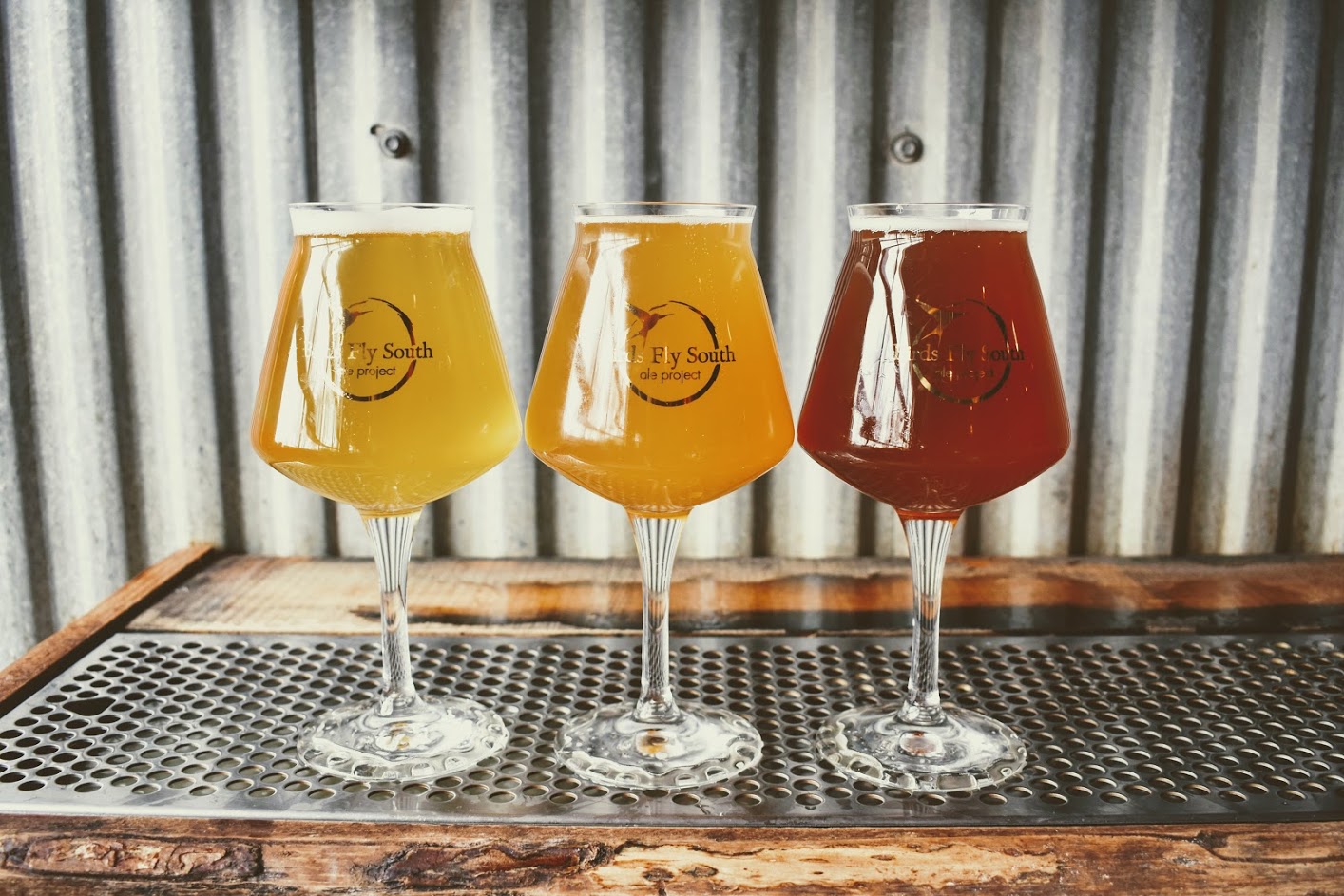
The Solera aging style isn’t a one-off pursuit for Greenville, SC-based BFS: It makes up their entire wild program. In fact, all of their core Saisons and foeder beers are made with this method. The name, Birds Fly South, is actually a shrewd nod to their proprietary house mixed culture, “The Bird,” that Johnson and crew have been brewing with and maintaining for more than years.
To Johnson, the constant removal and reintroduction of The Bird to their barrels and beers is a delicate dance that they have seemed to master, judging by creations like Rustic Sunday (below).
#SaisonDay didn't dissapoint. pic.twitter.com/Wtlq1nTtcq
— Taylor Laabs 🍺 (@TaylorLaabs) April 6, 2019
“All our beers begin with this house character, then we bring in older stock of the brands to complement the new during primary fermentation,” Johnson said. “After the beer has reached terminal, we then refill the wood that we removed old stock from and allow the new blend to sit together and rejuvenate for a period. This continuous back and forth, ebb and flow off flavors and yeast/bacteria never rests…creating bouquets of aromatics.”
For Off Color Brewing, the appeal of Solera aging comes in its flexibility. Off Color primarily brews via the batch method, where they make one beer in one tank, package the beer, clean the tank and insert another fresh batch. Rinse, repeat. This allows for a consistent production and distribution schedule; it is also very rigid. The appeal in the Solera style is that every batch builds off each other, providing a useful set of building blocks that respond to a brewer’s production and creative needs. Solera aging lets the ever-creative head brewer constantly tweak, refine and imagine new beers from the known commodity. Off Color uses Solera aging in both their tanks and foeders; each brewing vessel provides Off Color’s Co-founder John Laffler with unique brewing opportunities.
“In our foeders, we use it as a way to both season younger beer but more importantly as a way to inoculate subsequent batches with a consistent blend of whichever mixed and/or wild cultures we have in that foeder,” Laffler said. “The bacteria and different yeasts grow at very different rates so if we used a batch process the beer would taste markedly different as the slower growing cultures wouldn’t have a chance to express themselves before the faster-growing cultures out-competed them.”
Giving a tested and trusted house culture additional time to express itself via re-fermentation can add more funk and more depth than what you might find in a beer that only includes one iteration of the same beer. Building a beer based on several iterations of itself can be complex to execute and even harder to describe, which is why Johnson thinks the marketplace might not know a lot about it at the moment.
“I feel this method of beer production is known but not fully understood…Amongst professionals, it is really appreciated, but in the public, it’s lost….Most beers produced are put out in a standard production model, so people just assume sometimes that the fancy words we use are for show and don’t really do much to the beer,” Johnson said. “This is changing. As more and more wild producers and beers are released, these questions are answered.”
Having had a few Solera-aged beers since my first Rustic Sunday, I now have a greater appreciation for the unique brewing process. Sometimes it goes well beyond a straight line A-to-B brew kit. Sometimes a beer gets multi-levels of flavor and fermentation, kind of like the Inception dream-within a-dream concept. Thankfully, beer drinkers don’t have to dream about the flavors brewers like BFS and Off Color provide with the Solera aging concept—they’re making these beers a reality every day. Cheers!
Feature image courtesy of Birds Fly South Ale Project


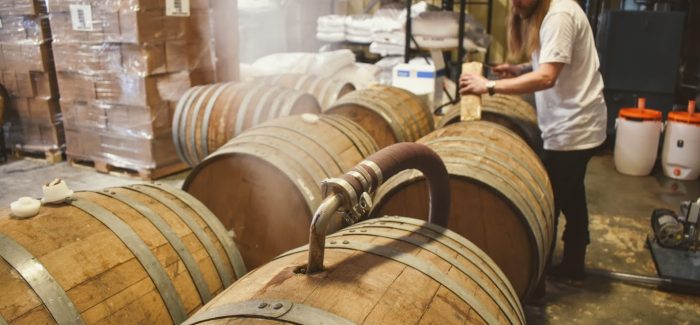

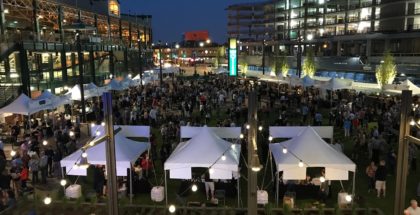
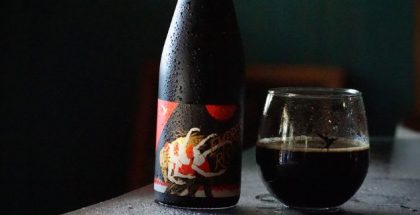
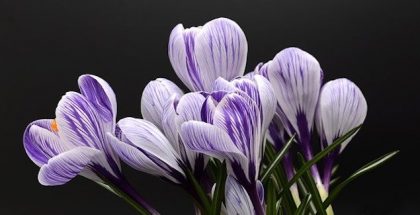
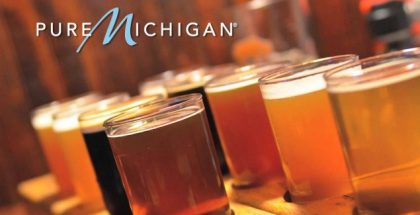
Submit a Comment